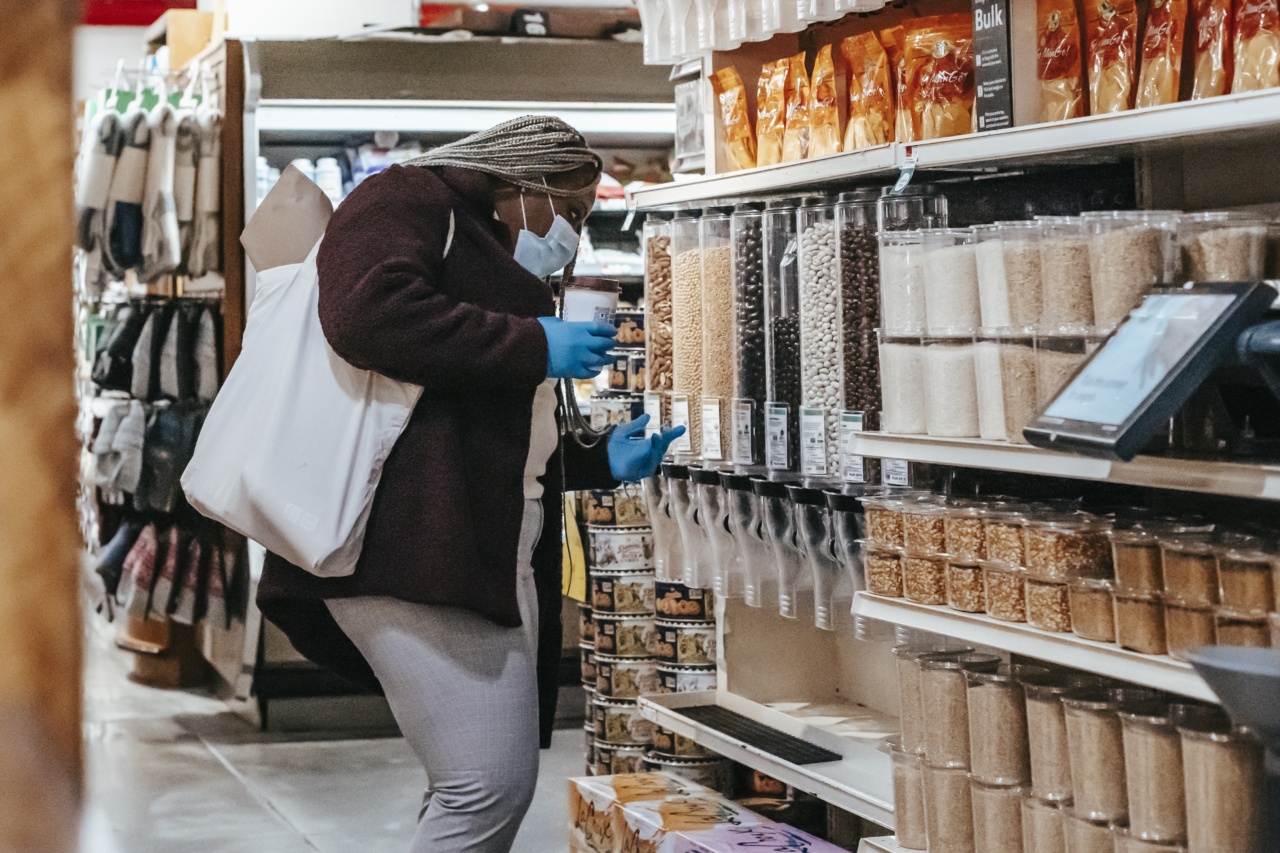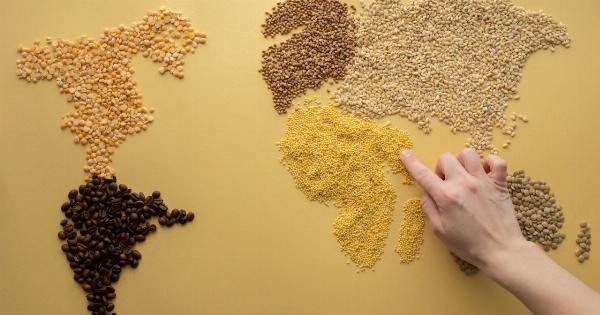Keeping food safe for all is an important aspect of food production. Food safety is essential for the health and well-being of consumers. In this article, we explore the various ways we can keep food safe for all.
Cleanliness
Cleanliness is paramount when it comes to food safety. All food-handling surfaces must be cleaned and sanitized regularly to ensure that they are free from bacteria and other contaminants.
This is particularly important in food preparation areas and on food-contact surfaces such as cutting boards and knives.
Temperature Control
Temperature control is another essential aspect of food safety. Foods must be stored, cooked, and transported at the right temperatures to prevent the growth of harmful bacteria.
For example, meat and poultry should be cooked to an internal temperature of at least 165°F to kill any harmful bacteria that may be present.
Separation of Raw and Cooked Foods
Raw food should always be kept separate from cooked foods to prevent cross-contamination. Cross-contamination can occur when raw food comes into contact with cooked food or food that is ready to eat.
This can result in the transfer of harmful bacteria from the raw food to the cooked food, which can cause foodborne illness.
Use of Food Safety Equipment
Using food safety equipment can help to keep food safe for all.
For example, food thermometers can be used to ensure that foods are cooked to the correct temperature, while pH meters can be used to measure the acidity of foods and determine if they are safe to eat.
Packaging and Labeling
Packaging and labeling are also important aspects of food safety. Foods should be packaged in clean, durable containers that are designed to minimize the risk of contamination.
The containers should also be labeled with the date of production, the type of food, and any other relevant information.
Education and Training
Education and training are essential for maintaining food safety. All food handlers and food service workers should be educated on the importance of food safety and trained on proper food handling techniques.
This can include everything from proper hand washing techniques to proper cleaning and sanitizing procedures.
Food Safety Regulations and Guidelines
Food safety regulations and guidelines are in place to ensure that food producers and processors are following best practices for food safety.
These regulations and guidelines are enforced by government agencies and can vary depending on the country and industry. Compliance with these regulations and guidelines is essential for maintaining the safety of our food supply.
Traceability and Recall Plans
Traceability and recall plans are important for ensuring that food products can be traced and recalled if they are found to be contaminated or unsafe. This can help to prevent widespread outbreaks of foodborne illness and protect consumers.
Testing and Analysis
Testing and analysis can be used to identify potential sources of contamination and prevent the spread of foodborne illness. This can include testing for bacteria, viruses, and other contaminants that can cause illness.
Testing and analysis can also be used to determine the efficacy of food safety measures and identify areas for improvement.
Conclusion
Keeping food safe for all requires a multifaceted approach that involves cleanliness, temperature control, separating raw and cooked foods, using food safety equipment, packaging and labeling, education and training, following food safety regulations and guidelines, traceability and recall plans, and testing and analysis. By implementing these practices, we can ensure that our food supply is safe for all to eat.




























